Home>Home Appliances>Home Automation Appliances>How Does Alexa Work?
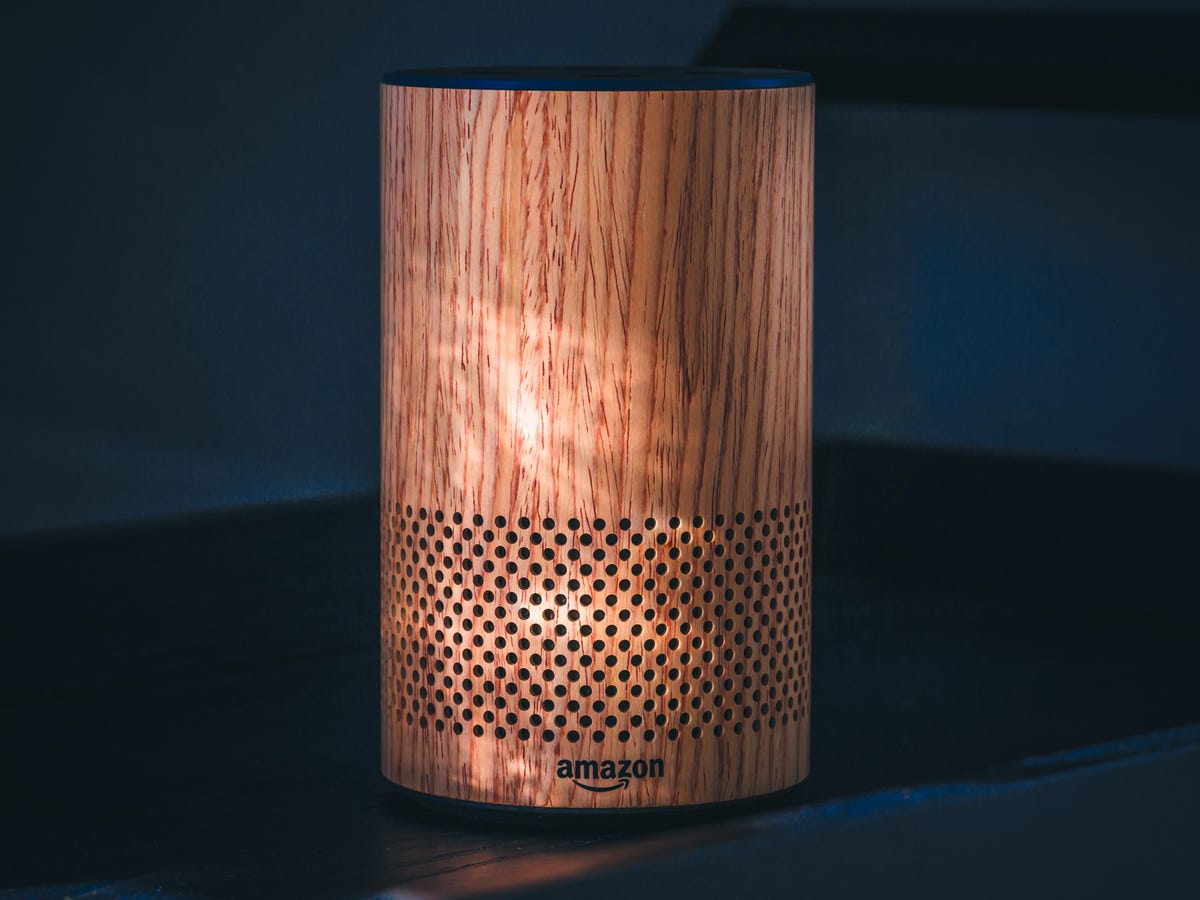

Home Automation Appliances
How Does Alexa Work?
Published: January 4, 2024
Learn how Alexa works and its impact on home automation appliances. Discover the benefits and functionalities for seamless integration. Unlock the potential of smart technology.
(Many of the links in this article redirect to a specific reviewed product. Your purchase of these products through affiliate links helps to generate commission for Storables.com, at no extra cost. Learn more)
Introduction
In the realm of modern home automation, Alexa has emerged as a household name, revolutionizing the way we interact with our living spaces. With its seamless integration into a myriad of smart devices, Alexa has become the quintessential virtual assistant, capable of executing a diverse range of tasks through simple voice commands. This article delves into the intricacies of Alexa's functionality, shedding light on how this innovative technology processes and responds to user input, as well as how it connects with other smart devices to orchestrate a harmonious and efficient home environment. By understanding the inner workings of Alexa, users can harness its full potential, transforming their homes into interconnected hubs of convenience and productivity.
The next sections will explore the fundamental aspects of Alexa, from its underlying mechanisms to its seamless connectivity with various smart appliances, providing a comprehensive understanding of this groundbreaking technology. Let's embark on a journey to unravel the mysteries behind Alexa's remarkable capabilities and discover how it has redefined the concept of smart living.
Key Takeaways:
- Alexa is a smart virtual assistant that understands and responds to voice commands using advanced technology like natural language processing. It can control various smart devices in your home, making life more convenient and efficient.
- Alexa connects to different smart appliances through Wi-Fi, Bluetooth, and other communication protocols, allowing you to control lights, thermostats, and more with simple voice commands. It’s like having a helpful and intelligent friend managing your home for you!
Read more: How Does Alexa Remote Work
What is Alexa?
Alexa, developed by Amazon, is an advanced virtual assistant that operates through voice commands and leverages artificial intelligence to execute a wide array of tasks. It forms the core of Amazon’s Echo line of smart speakers and displays, serving as the central hub for controlling smart home devices, accessing information, and performing various functions through voice interaction. Alexa’s versatility extends beyond basic commands, encompassing tasks such as setting reminders, playing music, providing weather updates, and even facilitating online shopping.
One of the defining features of Alexa is its ability to adapt and learn from user interactions, continuously refining its responses and capabilities to better cater to individual preferences and needs. Furthermore, Alexa’s compatibility with a diverse range of third-party devices and services, including smart thermostats, lighting systems, and streaming platforms, positions it as a pivotal component of a comprehensive smart home ecosystem.
What sets Alexa apart is its natural language processing (NLP) capabilities, enabling it to decipher and interpret conversational commands with remarkable accuracy. This empowers users to interact with Alexa in a conversational manner, fostering a more intuitive and seamless user experience.
As Alexa continues to evolve through software updates and integrations with new technologies, its potential for enhancing the functionality and convenience of smart homes becomes increasingly pronounced. The subsequent sections will delve into the intricacies of how Alexa comprehends and processes user commands, providing insight into the underlying mechanisms that drive its unparalleled responsiveness and adaptability.
How does Alexa understand and process commands?
A fundamental aspect of Alexa’s functionality lies in its ability to comprehend and process a diverse range of voice commands with remarkable precision. This capability is underpinned by sophisticated natural language understanding (NLU) and natural language processing (NLP) technologies, which enable Alexa to discern the intent behind user input and execute the corresponding actions effectively.
When a user issues a command or query to Alexa, the device captures the spoken input through an array of built-in microphones, which then transmits the audio data to Amazon’s cloud-based Alexa Voice Service (AVS). Within the cloud infrastructure, the audio data undergoes a multi-step process that involves converting speech to text through automatic speech recognition (ASR) algorithms. This transcribed text is then parsed and analyzed to extract the user’s intent and identify the specific action or information sought.
Key to Alexa’s proficiency in understanding user commands is its utilization of machine learning algorithms and neural networks, which continuously analyze and learn from vast datasets of speech patterns and linguistic nuances. This iterative learning process enables Alexa to adapt to various accents, speech cadences, and colloquialisms, thereby enhancing its ability to accurately interpret user input.
Furthermore, Alexa leverages context and user-specific data to refine its understanding of commands over time, tailoring its responses and actions to align with individual preferences and habits. This personalized adaptation is facilitated by the aggregation of user interactions and preferences, which inform Alexa’s decision-making processes and contribute to a more intuitive and customized user experience.
By seamlessly integrating advanced NLU and NLP capabilities, Alexa transcends the conventional limitations of voice-controlled interfaces, offering users a remarkably intuitive and responsive virtual assistant that can comprehend and process commands with remarkable accuracy and contextual awareness.
Alexa works by using voice recognition technology to understand and respond to your commands. It also connects to the internet to access information and perform tasks.
How does Alexa respond to commands?
Upon comprehending user commands through its natural language understanding (NLU) and natural language processing (NLP) capabilities, Alexa formulates and executes responses with a seamless blend of pre-programmed actions, real-time data retrieval, and interactive dialogue. This multifaceted approach enables Alexa to deliver tailored and contextually relevant responses that cater to the specific needs and queries of users.
When processing a command, Alexa draws upon a diverse array of skills, which are essentially individual capabilities or functions that enable it to perform specific tasks or provide particular types of information. These skills can range from simple actions, such as setting timers or playing music, to more complex tasks, including controlling smart home devices, accessing third-party services, and delivering personalized news updates.
For commands that necessitate real-time information, such as weather forecasts, traffic updates, or stock prices, Alexa interfaces with external data sources to retrieve the latest and most relevant data, which is then conveyed to the user in a clear and concise manner. This real-time interaction with external services underscores Alexa’s capacity to act as a dynamic and up-to-date source of information, enriching the user experience with timely and pertinent insights.
Moreover, Alexa’s ability to engage in interactive dialogue further enhances its responsiveness, allowing for seamless follow-up questions, clarifications, and contextual continuity. This conversational adeptness imbues Alexa with a human-like quality, fostering a more natural and engaging interaction that transcends the traditional limitations of voice-controlled interfaces.
As Alexa continues to evolve through software updates and the integration of new skills and capabilities, its responsiveness to user commands becomes increasingly nuanced and versatile. By harnessing a combination of pre-programmed routines, real-time data retrieval, and interactive dialogue, Alexa delivers a comprehensive and tailored response to user commands, elevating the virtual assistant’s utility and appeal in diverse scenarios.
How does Alexa connect to other devices?
A central facet of Alexa’s functionality lies in its seamless integration with a diverse array of smart devices, ranging from thermostats and lighting systems to entertainment consoles and security cameras. This interconnected ecosystem is made possible through Alexa’s compatibility with various communication protocols and standards, enabling it to establish and maintain connections with an extensive range of smart home appliances and peripherals.
At the core of Alexa’s connectivity capabilities is its support for popular smart home communication protocols, including Wi-Fi, Bluetooth, Zigbee, and Z-Wave. By leveraging these protocols, Alexa can directly interface with compatible smart devices, facilitating seamless communication and control. This interoperability empowers users to issue voice commands to Alexa for controlling lights, adjusting thermostats, locking doors, and performing a myriad of other tasks across different smart devices.
Furthermore, Alexa’s integration with the Amazon Web Services (AWS) IoT platform enables it to serve as a centralized control interface for managing and orchestrating interconnected smart home devices. Through the AWS IoT platform, Alexa can securely communicate with and send commands to a myriad of IoT (Internet of Things) devices, fostering a cohesive and harmonized smart home environment.
Moreover, Alexa’s compatibility with a wide spectrum of third-party smart home devices and services, facilitated through the Alexa Skills Kit (ASK) and Smart Home Skill API, further expands its connectivity prowess. This integration allows manufacturers and developers to create custom skills and interfaces that enable their smart devices to seamlessly interact with Alexa, broadening the scope of devices and functionalities that can be accessed and controlled through the virtual assistant.
By embracing an open and extensible approach to smart home connectivity, Alexa transcends the confines of a standalone virtual assistant, evolving into a central hub for managing and interacting with a diverse array of smart devices. This expansive connectivity not only enriches the user experience but also positions Alexa as a pivotal component in the realization of interconnected and intelligent living spaces.
Read more: How Does Eero Work With Alexa
Conclusion
Alexa, with its unparalleled blend of natural language processing, extensive skill set, and seamless connectivity, stands at the forefront of the smart home revolution, redefining the way we interact with and manage our living spaces. Through its advanced natural language understanding (NLU) and natural language processing (NLP) capabilities, Alexa transcends the conventional limitations of voice-controlled interfaces, offering users an intuitive and responsive virtual assistant that can comprehend and process commands with remarkable accuracy and contextual awareness.
Moreover, Alexa’s multifaceted approach to responding to commands, which encompasses pre-programmed actions, real-time data retrieval, and interactive dialogue, ensures that users receive tailored and contextually relevant responses that cater to their specific needs and queries. This dynamic responsiveness, coupled with Alexa’s continuous evolution through software updates and the integration of new skills and capabilities, underscores its adaptability and versatility as a virtual assistant.
Furthermore, Alexa’s seamless integration with an extensive range of smart devices, facilitated through support for popular communication protocols and standards, as well as its compatibility with third-party devices and services, positions it as the central hub for managing and interacting with interconnected smart home devices. This interconnected ecosystem empowers users to orchestrate a harmonious and efficient home environment, where diverse smart devices seamlessly collaborate under Alexa’s centralized control.
As Alexa continues to evolve and expand its capabilities, its potential for enhancing the functionality and convenience of smart homes becomes increasingly pronounced. By understanding the inner workings of Alexa and harnessing its full potential, users can transform their homes into interconnected hubs of convenience and productivity, where the seamless integration of technology enriches daily life in myriad ways.
In essence, Alexa represents a paradigm shift in the way we interact with our living spaces, offering a glimpse into a future where intelligent, interconnected devices harmoniously coexist to enrich and streamline our daily lives.
Frequently Asked Questions about How Does Alexa Work?
Was this page helpful?
At Storables.com, we guarantee accurate and reliable information. Our content, validated by Expert Board Contributors, is crafted following stringent Editorial Policies. We're committed to providing you with well-researched, expert-backed insights for all your informational needs.
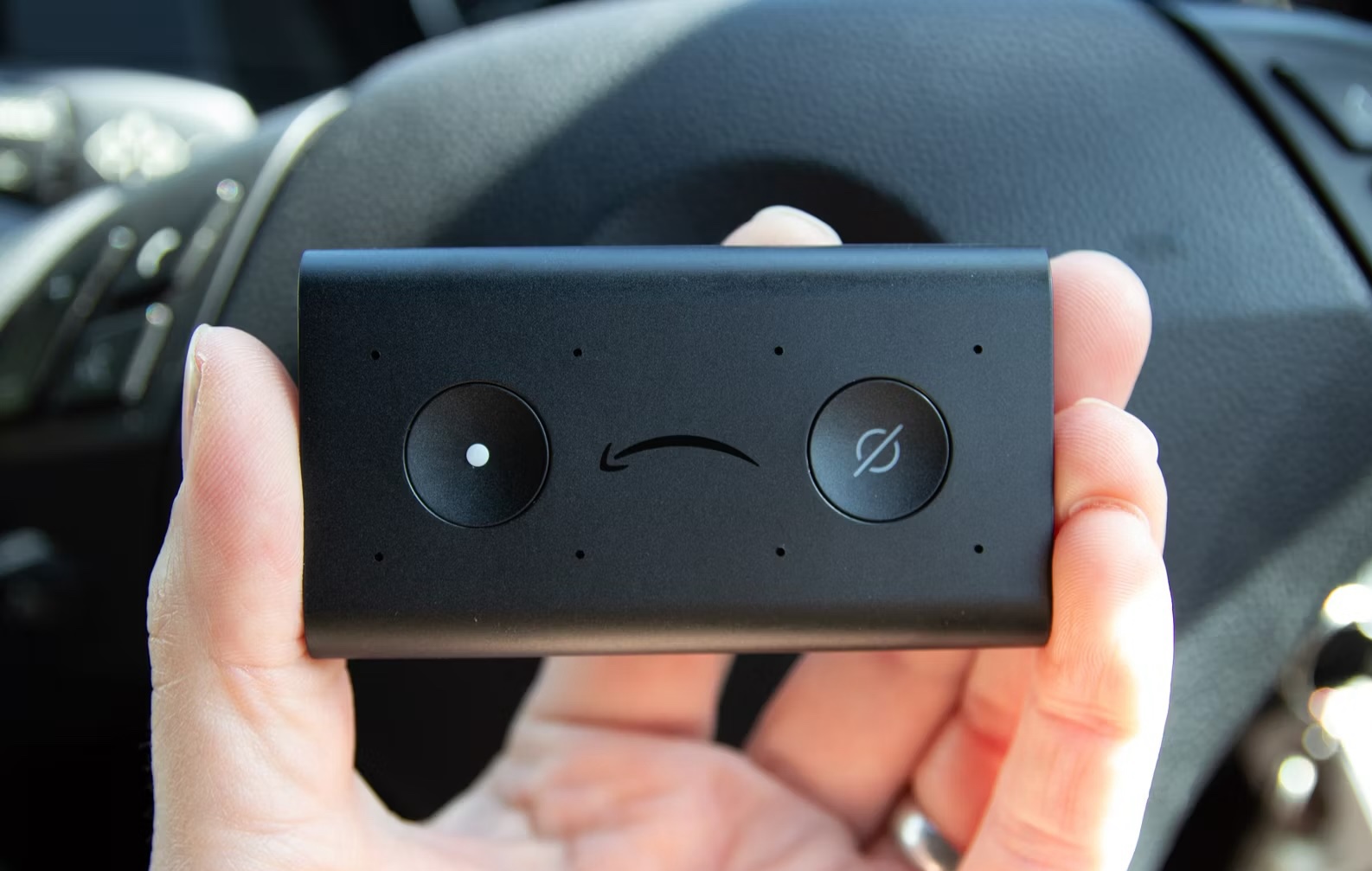

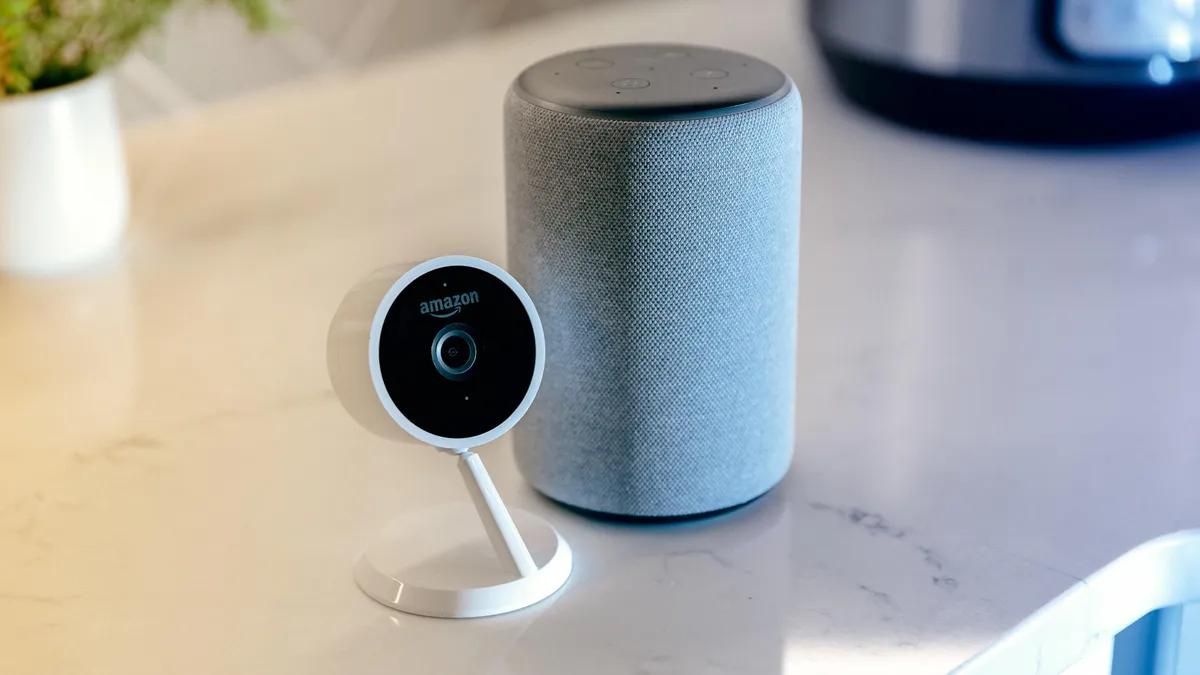
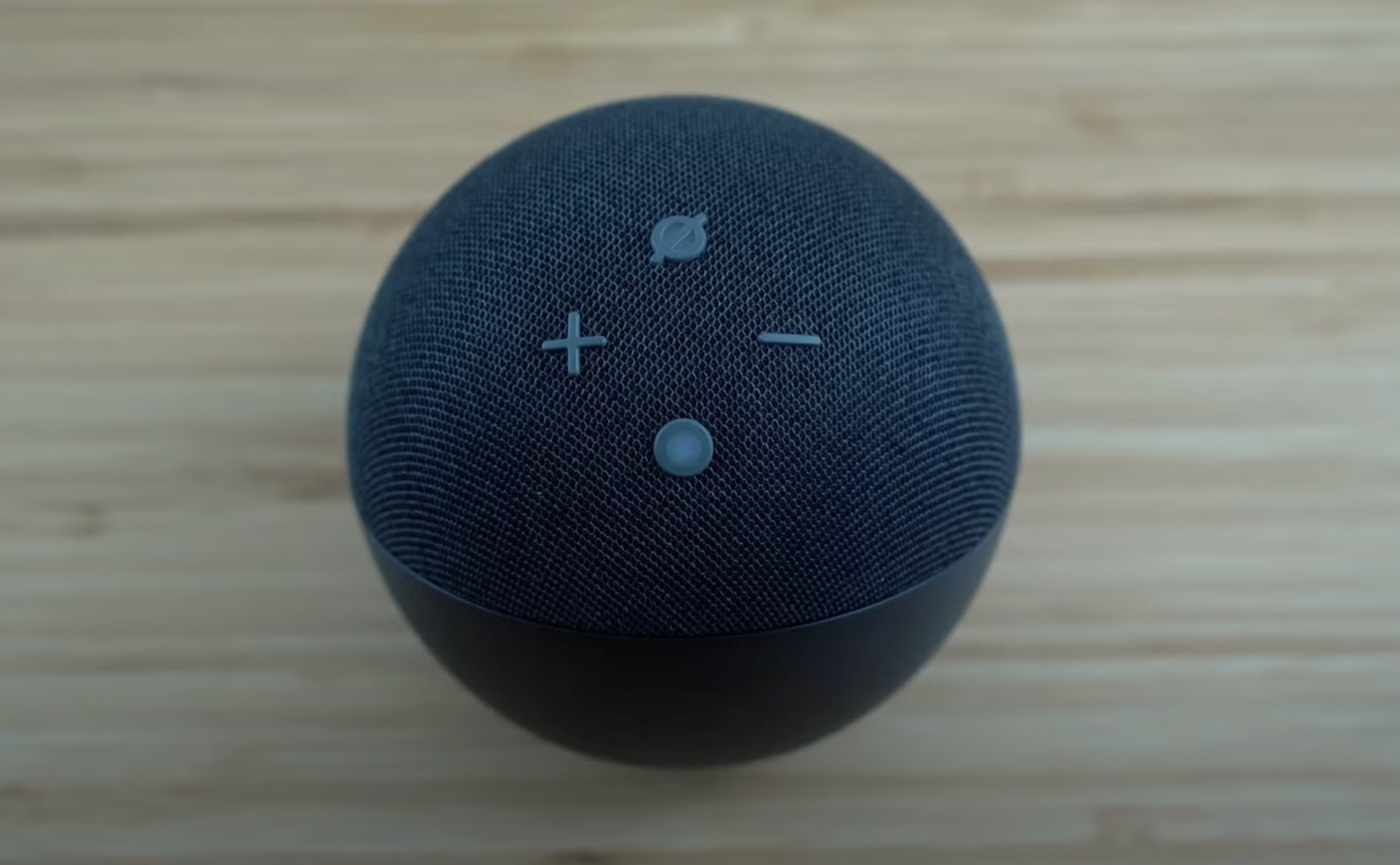
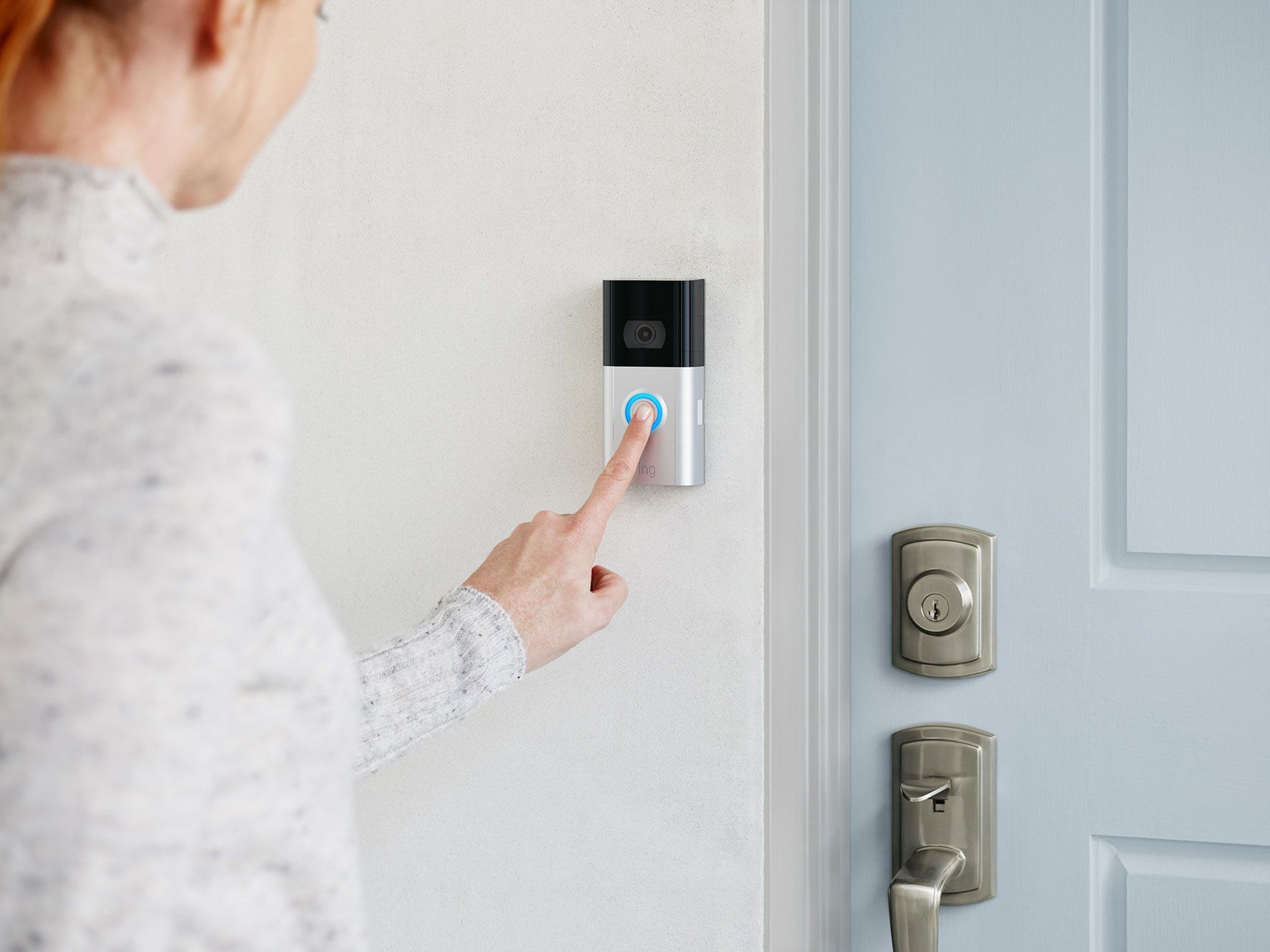
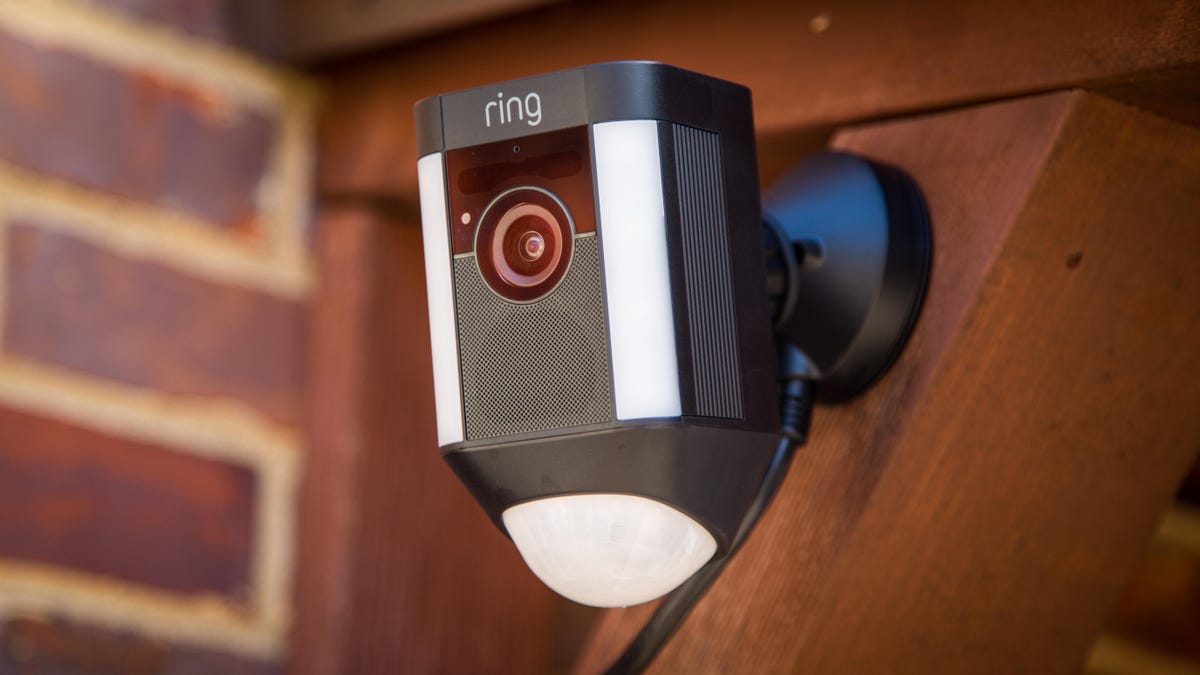
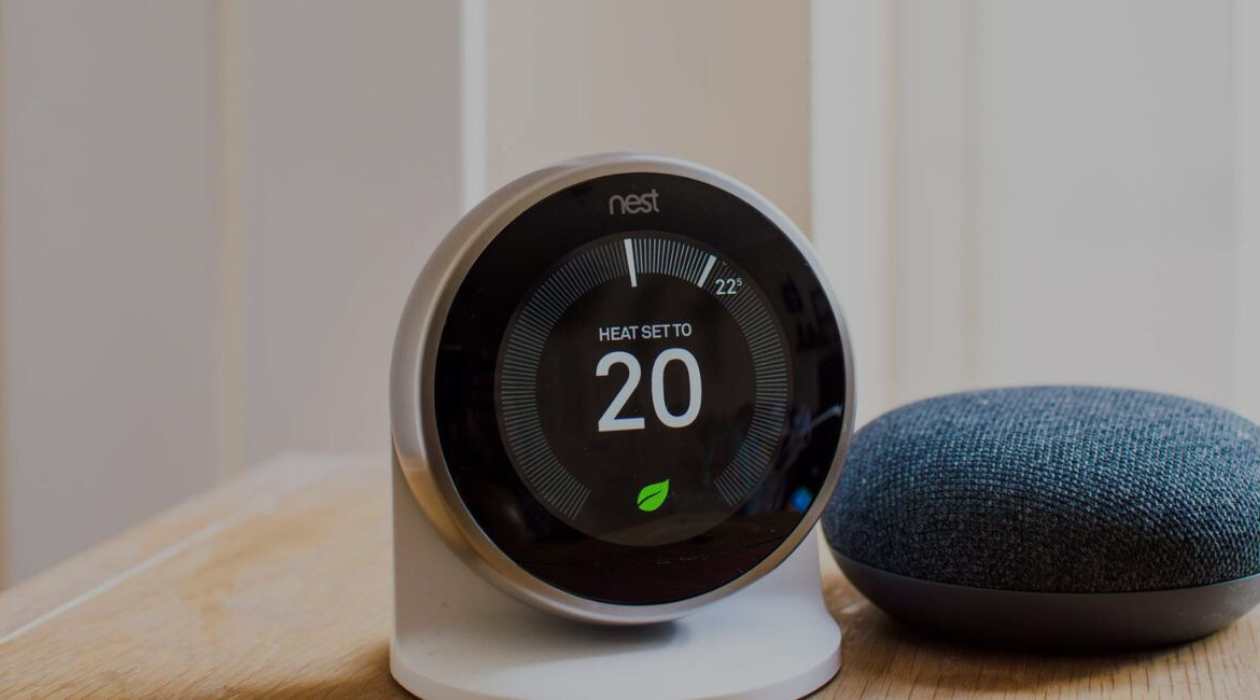
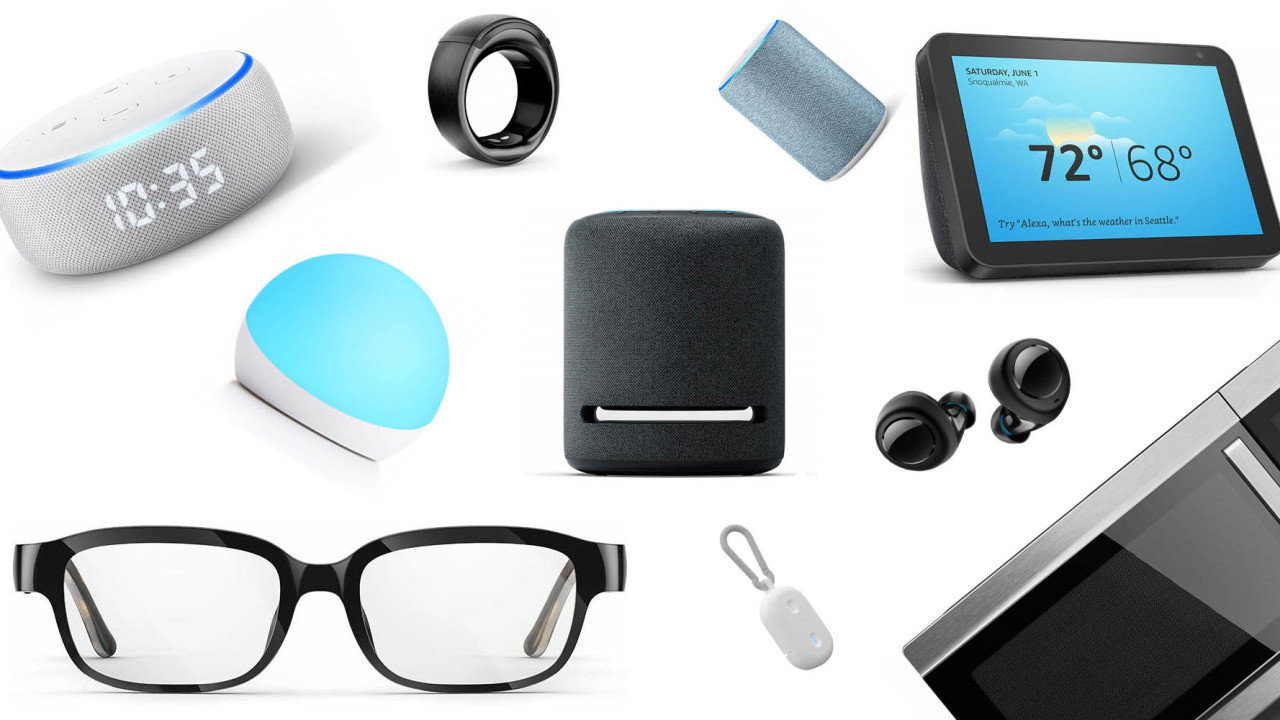
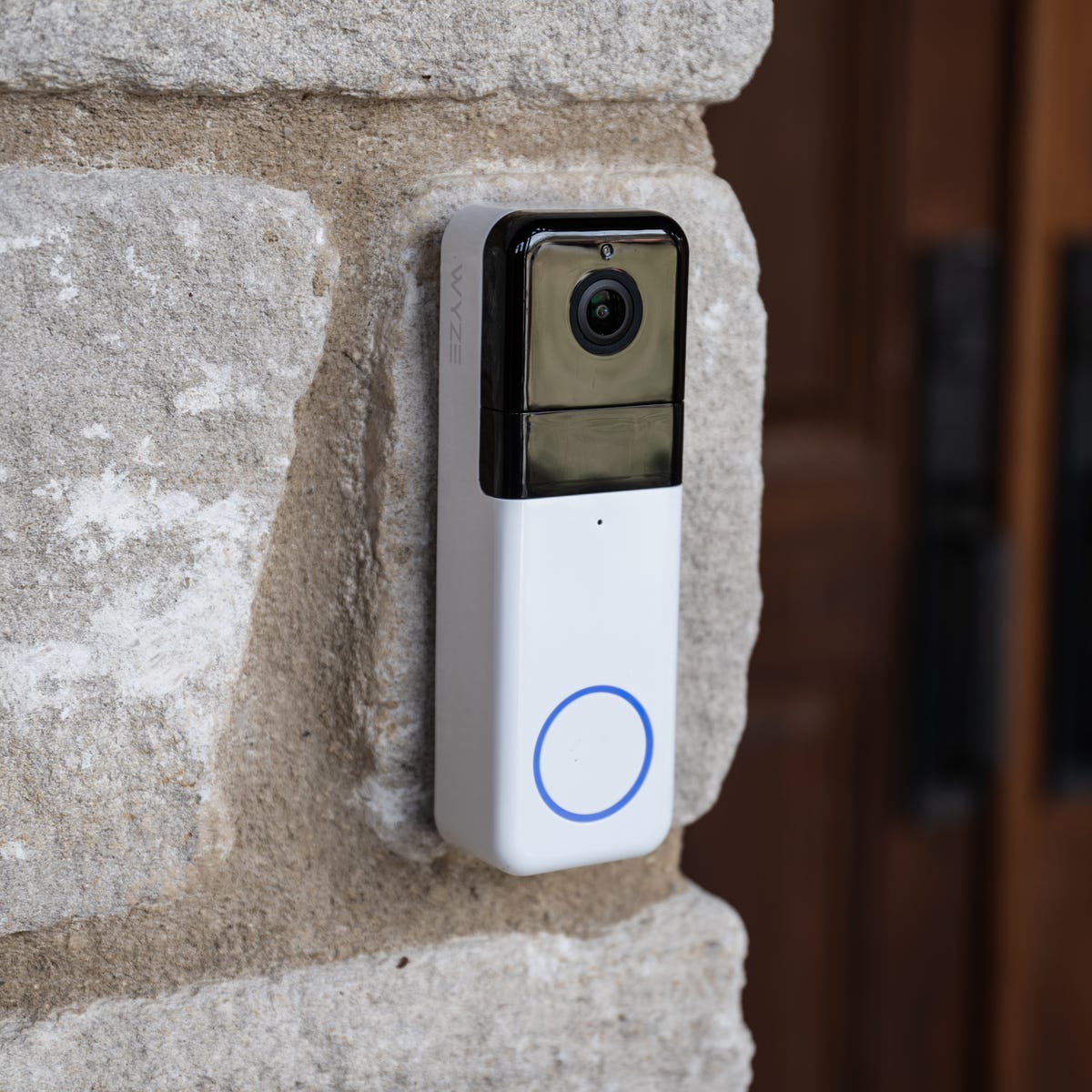
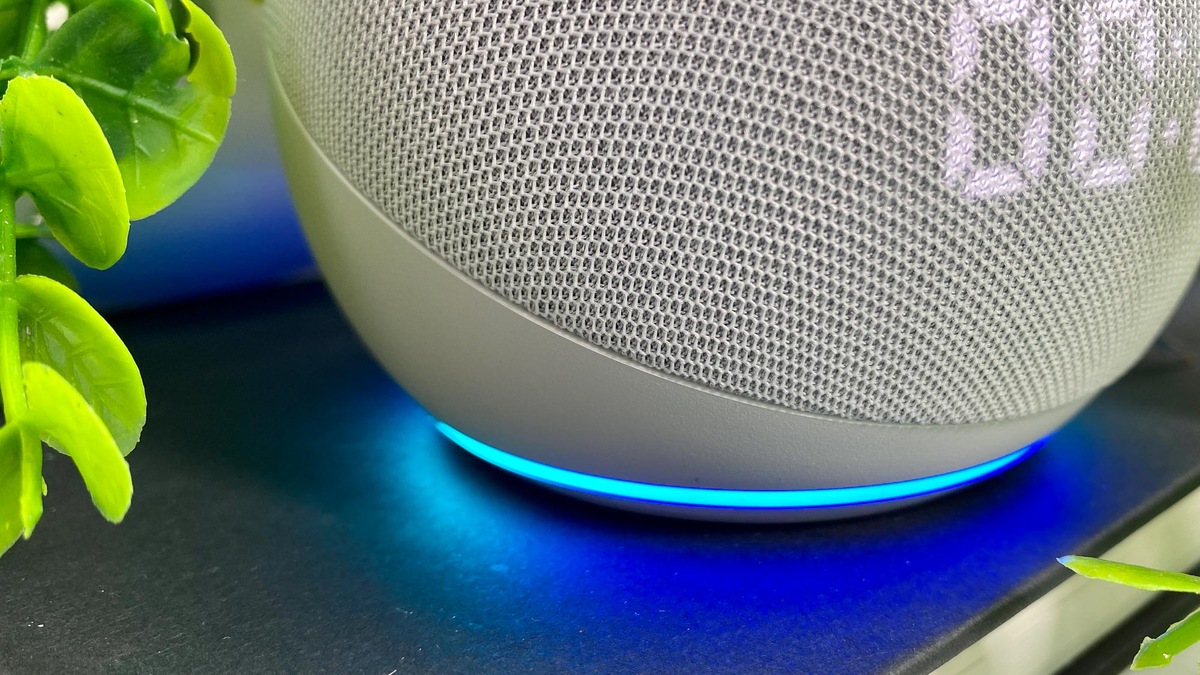

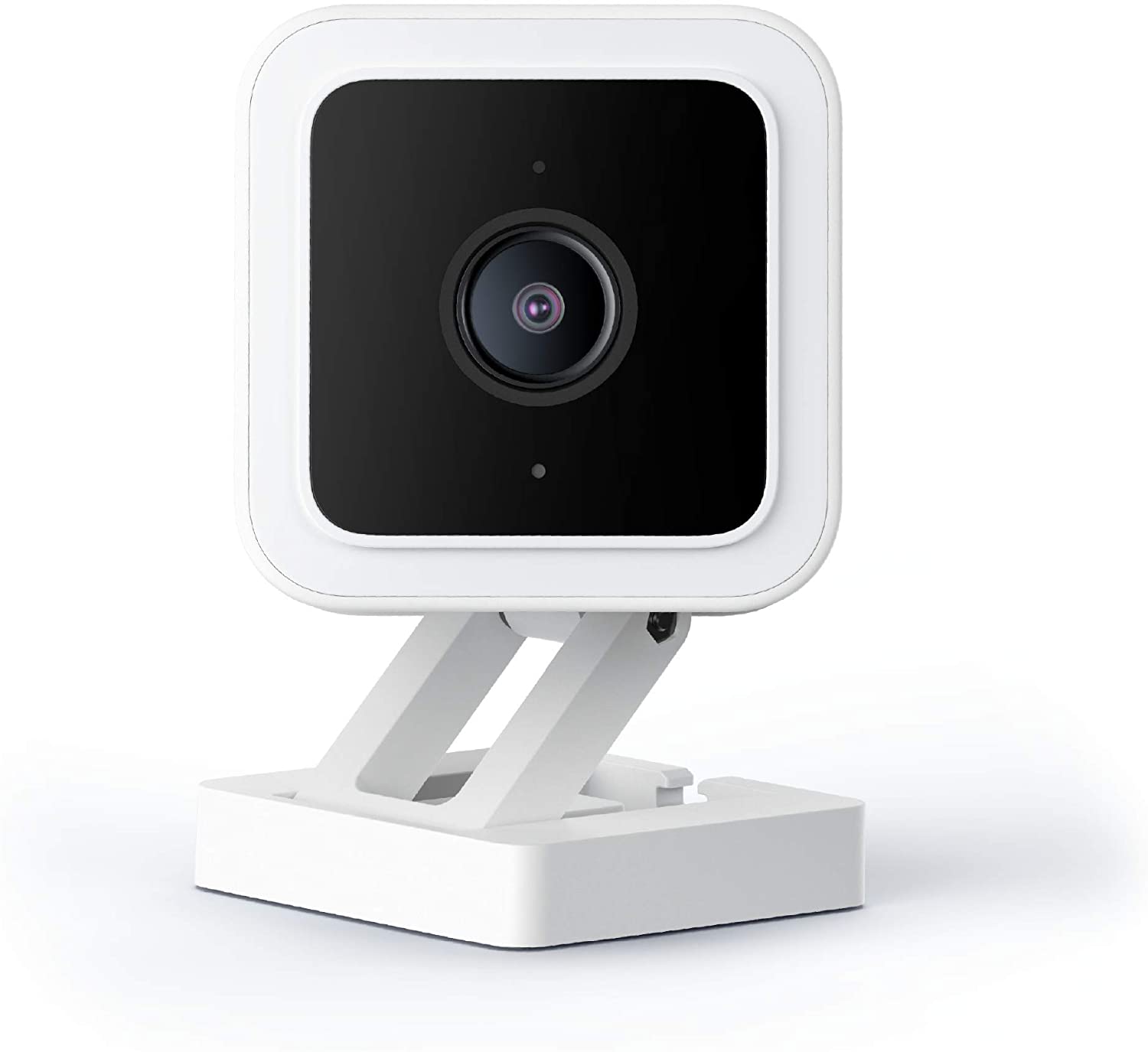



0 thoughts on “How Does Alexa Work?”